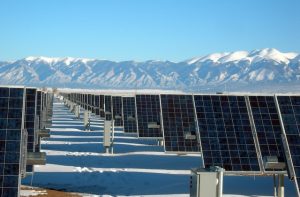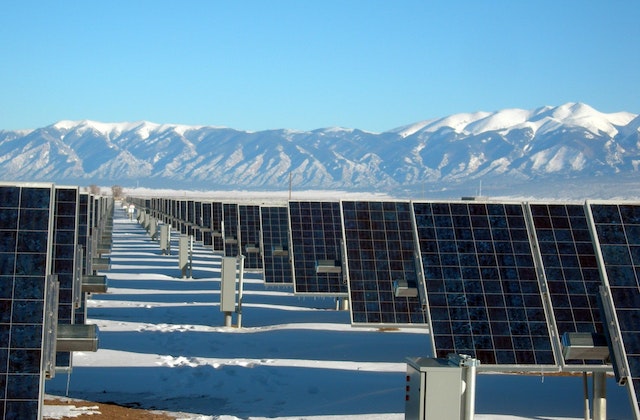Solar power is playing a pivotal role in energizing Canada and driving the nation’s transition to sustainable energy solutions. As Canada seeks to reduce its carbon footprint and embrace renewable energy sources, solar power has emerged as a key player. In this SEO-optimized article, we will explore the benefits of solar power, the remarkable growth of the industry, and the initiatives propelling solar power adoption across the nation.

Advantages of Solar Power
Solar power offers numerous advantages, making it an appealing option for meeting Canada’s energy needs:
Clean and Renewable Energy
Solar power is a clean and renewable energy source that produces no greenhouse gas emissions during operation. By harnessing the power of the sun, Canada can significantly reduce its reliance on fossil fuels and combat climate change.
Cost Savings and Energy Independence
Investing in solar power allows individuals and businesses to generate their own electricity, reducing dependence on traditional energy sources and providing long-term cost savings. Solar power systems provide an opportunity for energy independence and protection against rising utility costs.
Growth of Solar Power in Canada
Solar power has experienced remarkable growth in Canada, driven by several factors:
Decreasing Costs
The cost of solar panels and related equipment has significantly declined in recent years, making solar power more accessible to a broader range of individuals and organizations. This cost reduction has been a catalyst for the rapid growth of solar power installations across the country.
Supportive Policies and Incentives
Federal and provincial governments have implemented various policies and incentives to support the adoption of solar power. These initiatives include grants, tax credits, and net metering programs that encourage individuals and businesses to invest in solar energy systems.
Solar Power Initiatives in Canada
Canada is witnessing the implementation of several notable solar power initiatives:
Utility-Scale Solar Installations
Utility-scale solar installations, such as solar farms and large-scale projects, are being developed across Canada. These installations generate significant amounts of clean electricity and contribute to the overall energy grid.
Residential and Commercial Solar Installations
Residential and commercial buildings are increasingly adopting solar power systems. Rooftop solar installations and solar panels integrated into building designs enable property owners to generate their own clean energy while reducing their carbon footprint.
Provincial and Federal Support
Provinces and the federal government are actively supporting the growth of solar power:
Renewable Energy Targets
Both federal and provincial governments have set ambitious renewable energy targets to increase the share of renewable sources in Canada’s energy mix. These targets drive the development of solar power projects across the country.
Green Energy Financing Programs
Various financing programs are available to support solar power projects, providing financial assistance and incentives to individuals and organizations interested in adopting solar energy.
Conclusion: A Bright and Sustainable Future
Solar power is energizing Canada and paving the way for a brighter, cleaner, and more sustainable future. The numerous benefits, including clean and renewable energy, cost savings, and energy independence, make solar power an attractive solution for meeting Canada’s energy needs. With supportive policies, declining costs, and growing public awareness, solar power is poised to continue its rapid growth and become a cornerstone of Canada’s energy landscape. Let us embrace the power of solar energy and work together to build a greener and more sustainable nation for generations to come.
